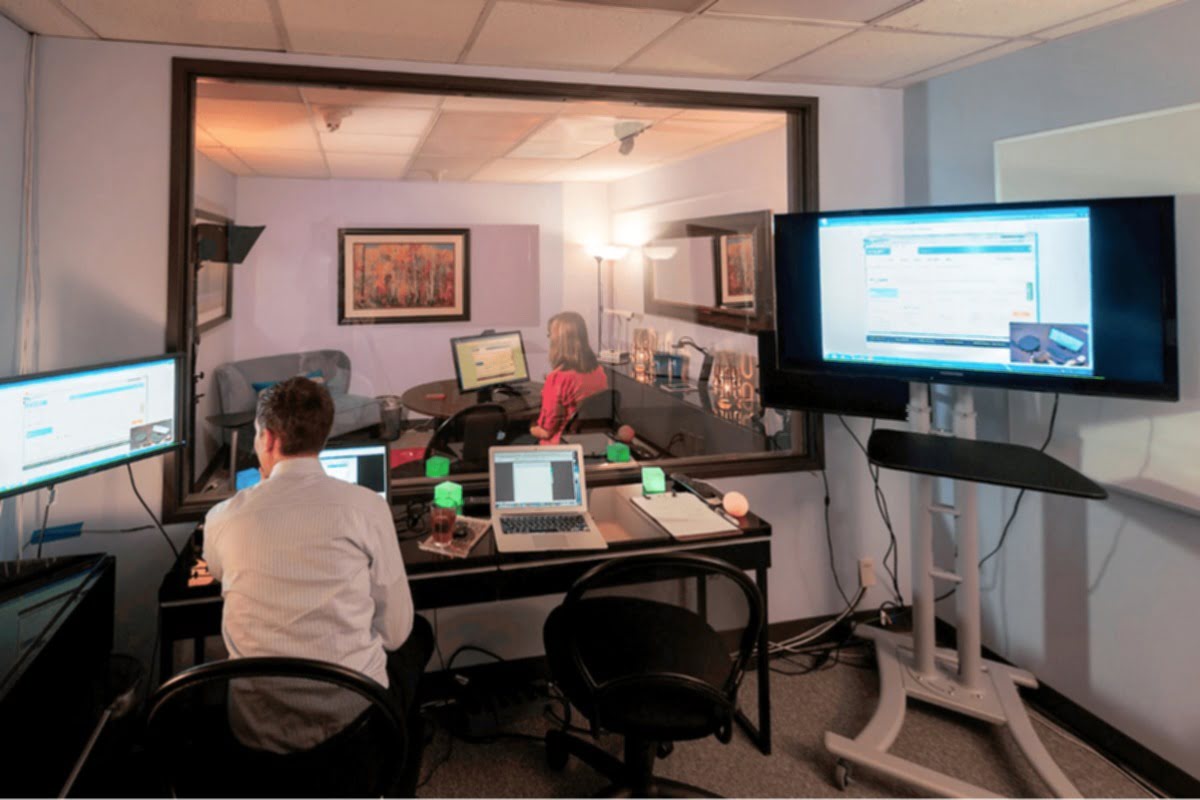Content
Real Recovery’s focus on outdoor adventure, dedication to fostering family-like relationship between residents and ongoing 12-step recovery support set these sober living houses apart from other homes. Other homes have a slightly higher rent cost, but offer significantly more in terms of services. Real Deal Recovery is an excellent sober living house in Dallas that offers all of these features. Sober living homes are structured, safe and substance-free living environments for individuals in recovery. They are also commonly known as sober houses, recovery homes, halfway houses or recovery residences. Rather, it is a community – a sisterhood or a brotherhood of like-minded individuals, with similar experiences and a mutual desire to stay sober.
These types of homes are different from rehabilitation centers; rehab centersgenerally offer a more intensive recovery experience and give residents less freedom. People who reside in sober living facilities can usually come and go as they please as long as they follow certain rules. For example, sober living houses may require residents to be home by a certain time or to go to work during the day. Residents may also be subject to periodic drug testing to demonstrate ongoing sobriety. The central philosophy in a sober house is involvement in the 12-step programs.
What Are The Rules Of Sober Living Homes?
Social support influences on substance abuse outcomes among sober living house residents with low and moderate psychiatric severity. Imagine living in a home where people used drugs and drank alcohol. What chance would someone in recovery have when facing that type of situation? Living in a house where people are drinking or using drugs is a temptation no one fresh out of an inpatient facility should have to face. Sober living homes are temporary housing situations that are used as a bridge to build a life after participating in an inpatient treatment programs and before returning to being fully active in society. Sober living homes provide an ideal combination of freedom and structure to help people begin to readjust to life outside of inpatient treatment. Free or low-cost sober living homes often have waiting lists, however.

Our representatives work solely for AAC and will discuss whether an AAC facility may be an option for you. Our helpline is offered at no cost to you and with no obligation to enter into treatment. Living in a sober home is less expensive than being admitted Transitional living to a rehab facility. Some of them offer reduced rental prices, while others are government-funded and are free. Residents have to be clean from alcohol or drugs when they enter the house and should continue to stay dry for all the period they live there.
Find Local Addiction Recovery Centers
The zoning staff will give the applicant the required forms to be completed. Ben Lesser is one of the most sought-after experts in health, fitness and medicine. His articles impress with unique research work as well as field-tested skills. He is a freelance medical writer specializing in creating content to improve public awareness of health topics. We are honored to have Ben writing exclusively for Dualdiagnosis.org. This step requires us to leave anything that hinders us in our recovery and allows God to remove them from our behavior. With step 3, we agree with God the highest power that we give him our whole lives and surrender, whereby we put the trust in him to manage our lives.
- Admitting your relapse is the first step to getting back on track.
- Halfway houses for addiction recovery are, in fact, different from sober living homes.
- Sober living homes are a great option for individuals in recovery, as they encourage residents to develop healthy coping skills and habits for when they return home.
- Sergio is a Certified Addiction Counselor and group facilitator in charge of adding culture to the clients experience through, music, art, inner child work, and community.
Additionally, these facilities are a short-term solution whose max length of stay is usually between 3 or twelve months. The applicant will notify the zoning staff of their intent to open a sober house in Saint Paul. This does not limit the city from granting additional reasonable accommodation for this use under the general provisions of this Code.
Most studies show that somewhere between 60% and 65% of people in recovery find success in halfway houses. Halfway houses for addiction recovery are, in fact, different from sober living homes. These are typically state-sponsored homes that are not only for people in addiction recovery.
But Jeff Christensen says the idea of sober homes is supposed to be about helping addicts get back on their feet. Despite the appalling conditions, a bed here still costs as much as $500. Realtor Brian Wall says this kind of money is attracting people to the sober home business. Sergio is a Certified Addiction Counselor and group facilitator in charge of adding culture to the clients experience through, music, art, inner child work, and community. These rules provide a valuable structure that reduces exposure to environmental and emotional triggers that could tempt someone to relapse. Violating these rules could result in fines or being told to leave the facility.
How Long Can You Stay In A Sober
Being in a supportive environment surrounded by like-minded people can give a person a positive outlook on life and provide them with the motivation to keep on the path of sobriety. The top reason to choose a sober living home is having a place to live in an alcohol- and drug-free environment. These homes help people as they transition from their old way of living and teach them a new way of life—one with sobriety as a cornerstone. One study noted abstinence rates improved in one sober living home from 11% at the beginning to 68% at 6- and 12-months. At 18 months, abstinence was a bit lower at 46%, but still significantly better than the time period before they entered the home. Another home in the study showed abstinence improved from 20% at the beginning, to 40% at 6 months, 45% at 12 months and 42% at 18 months. This study also found that residents were able to maintain improvements even after they left the sober living homes.

Some houses are so strict that they even ban people from using certain mouthwashes because they contain alcohol. Besides, most houses require residents to attend a 12-step program like Alcoholics Anonymous and agree to random alcohol screening tests.
Why Should I Consider Sober Living?
In addition to these rules, people who live in these types of houses are encouraged to find work or go to school during the day and must contribute to the home by doing chores. Some people who live in halfway houses are required to be home by a certain time of night. These rules help residents learn to be responsible for themselves and their behavior.
Some homes are highly structured, with strict schedules and consistent eating and meeting times. Other homes have more free time, and residents are more independent. Erik, in recovery from addiction, discusses his support system and how staying in a sober living environment helped him. In addition to studying a larger number of offenders, we hope to explore an innovative intervention designed to improve outcomes for these residents in terms of employment, arrests, and other areas. Our intervention modifies motivational interviewing to address the specific needs of the offender population .
What Is The Purpose Of A Halfway House?
This final step of recovery reminds us it is our duty to carry the same message we have learned to other people with addiction. Support meetings– according to the rules of the house, there are regular meetings whereby all the patients are supposed to converge. This allows everyone to share their own views, assign duties, air grievances. In turn, the patients will learn the importance of connection and unity within themselves. As a resident, it is important that you are committed to living in the home and to your own recovery. This responsibility of one’s own recovery is crucial to the recovery process. Addiction Resource does not offer medical diagnosis, treatment or advice.

The support you find in the sober living community will help guide you through the process of rebuilding shattered relationships and putting back together some kind of outside support network. Sober living house offers a wide range of advantages to patients, which is always regulated; the regulations may also vary from house to house depending on patient type. It is expected of patients to know the house rules before they transition between the rehab and thesober living home. The Department of Mental Health and Addiction Services certifies 39 sober houses for funding through two programs. To be certified a house must agree to meet certain minimum standards and maintain minimum house rules.
Relapse Prevention Plan
Ideal residents may be seeking “structured” recovery away from a troublesome local history. Specialized sober living if the applicant is of a specific or vulnerable population. This is especially important for groups like LGBTQ, young adults, veterans, and others. Higher levels are more intense as the degree of addiction is more life-threatening. The intensity declines as an individual comes closer to early recovery. Residents in support groups get guidance from all types of individuals in recovery.
What Is A Sober Living House?
Says research published in theJournal of Psychoactive Drugs, “Lack of a stable, alcohol and drug-free living environment can be a serious obstacle to sustained abstinence. Destructive living environments can derail recovery for even highly motivated individuals.” Ways to Create Meaning in Your Life Enter sober living houses. A sober living home is a residence that offers former alcohol and drug users a place to start practicing their recovery skills. Sober living homes provide residential facilities that have no alcohol or drugs on the premises.


